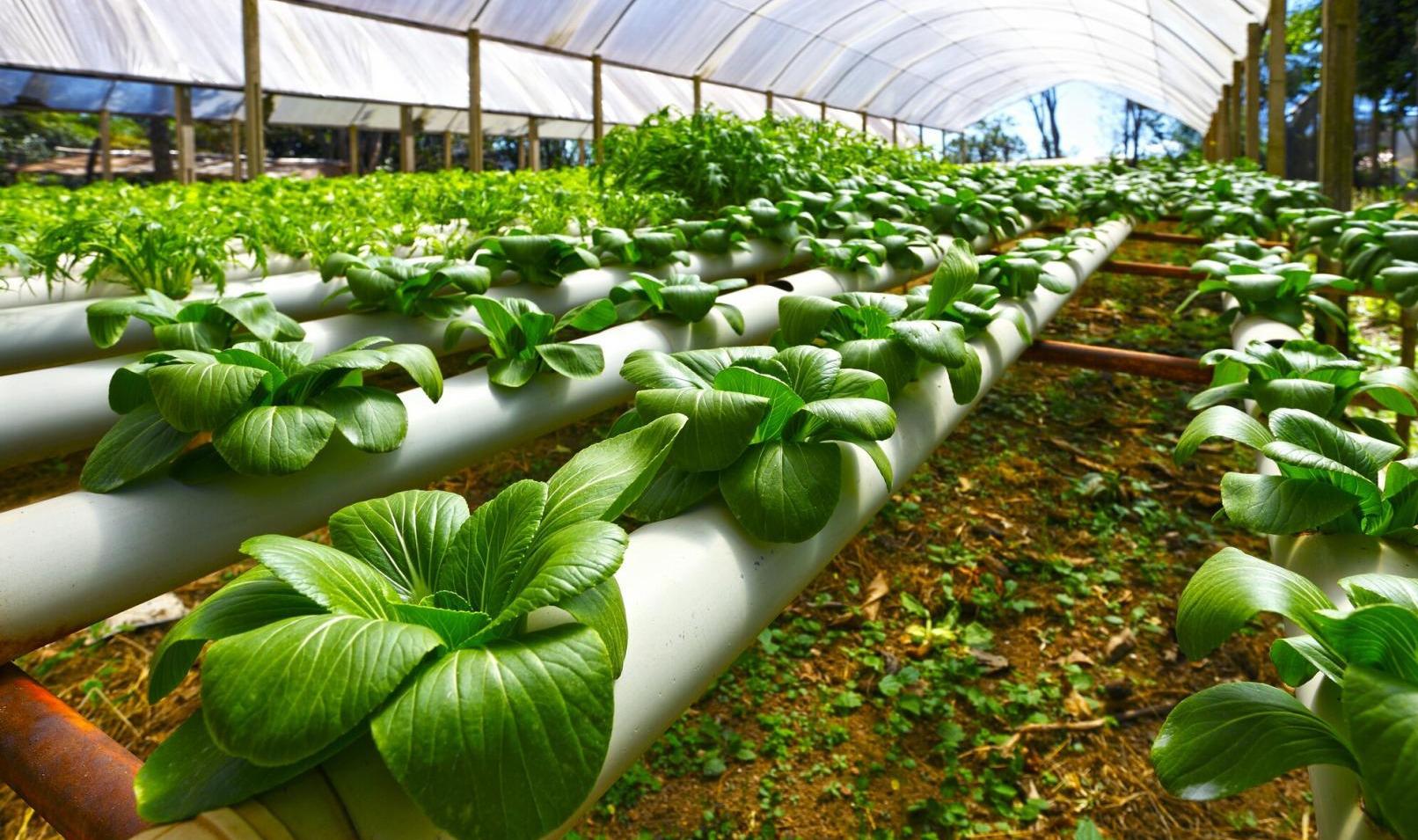Hydroponics vs. Traditional Farming: Which is the Right Choice?

Choosing the right method of farming can be a daunting task, especially with the rise of innovative techniques like hydroponics. Both hydroponics and traditional farming have their pros and cons, and understanding these can help you make an informed decision.
Let's dive into the world of hydroponics in Central Coast and traditional farming to see which one suits your needs better.
What is Hydroponics?
Hydroponics is a method of growing plants without soil, using mineral nutrient solutions in an aqueous solvent. This modern farming technique allows plants to grow in a controlled environment, making it possible to cultivate crops in places where traditional farming would be impossible.
Whether you're in a city apartment or a desert, hydroponics offers a flexible alternative to traditional farming.
Benefits of Hydroponics
One of the standout benefits of hydroponics is the efficient use of water. Plants grown hydroponically use up to 90% less water than those grown in soil. This is because the water in a hydroponic system is recirculated, reducing waste.
Additionally, hydroponics systems can be set up indoors, allowing for year-round farming regardless of weather conditions. This means consistent crop production and potentially higher yields.
Another advantage is the reduction in pests and diseases. Since hydroponics uses a controlled environment, there is less exposure to soil-borne pests and diseases, leading to healthier plants and less reliance on pesticides.
Traditional Farming: Tried and True
Traditional farming, also known as soil-based farming, has been the backbone of agriculture for centuries. It involves growing plants in soil, relying on natural weather conditions and cycles. This method has its own set of benefits, such as the ability to grow a wide variety of crops and the natural nutrient cycling that occurs in the soil.
One of the significant advantages of traditional farming is the lower initial setup cost. Unlike hydroponics, which requires specific equipment and nutrients, traditional farming utilises readily available resources like soil, sunlight, and rainwater.
Challenges of Hydroponics
While hydroponics offers many benefits, it also comes with challenges. The initial cost of setting up a hydroponics system can be high, as it involves purchasing specialised equipment, lights, and nutrient solutions.
Moreover, maintaining a hydroponics system requires a certain level of technical knowledge. Monitoring pH levels, nutrient concentrations, and water quality can be complex for beginners.
Another challenge is energy consumption. Indoor hydroponics systems often rely on artificial lighting, which can lead to higher energy costs. Ensuring that the system is energy-efficient is crucial to making hydroponics sustainable in the long term.
Environmental Impact: Hydroponics vs. Traditional Farming
When it comes to environmental impact, hydroponics Central Coast has several advantages over traditional farming. As mentioned earlier, hydroponics uses significantly less water, making it a more sustainable option in areas with water scarcity.
Additionally, the controlled environment of hydroponics reduces the need for chemical pesticides, which can have harmful effects on the ecosystem.
However, traditional farming plays a vital role in maintaining biodiversity and supporting soil health. Practices like crop rotation and organic farming can enhance soil fertility and reduce the environmental footprint of traditional farming. It's essential to consider these factors when evaluating the environmental impact of both methods.
Which One is Right for You?
Deciding between hydroponics and traditional farming depends on your specific needs and circumstances. If you have limited space, live in an area with poor soil quality, or want to grow crops year-round, hydroponics might be the right choice for you. It offers efficient water use, reduced pest issues, and the ability to control growing conditions precisely.
On the other hand, if you have access to arable land, prefer a lower initial investment, and appreciate the natural processes of soil-based farming, traditional farming could be more suitable. It supports biodiversity and can be enhanced through sustainable practices like organic farming.
Conclusion
Both hydroponics and traditional farming have their unique advantages and challenges. By understanding these differences, you can choose the method that aligns best with your goals and resources.
Whether you opt for the innovative approach of hydroponics Central Coast or the time-tested methods of traditional farming, the key is to find a sustainable way to produce healthy, abundant crops.



Comments
Post a Comment